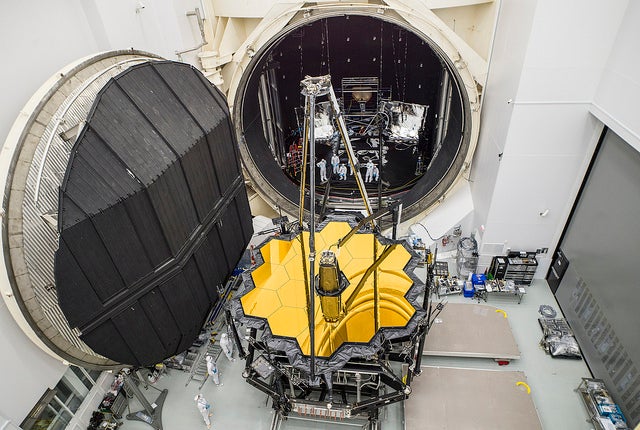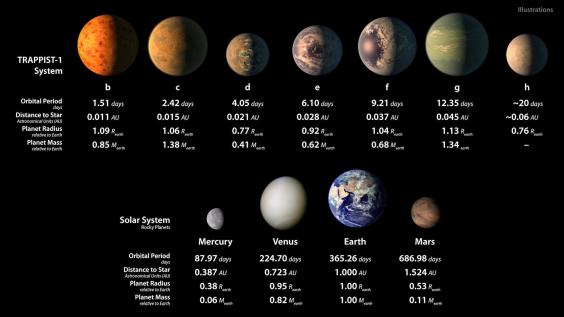
Following in the footsteps of the James Webb Space Telescope, NASA’s next super telescope in space would be the first specifically designed to search for signs of life on planets orbiting other stars.
Now that the James Webb Space Telescope is fulfilling its mission, NASA has a roadmap for its next massive undertaking: the Habitable Worlds Observatory, with which it hopes to take a picture of an Earth-like planet (and then some).
It takes time to put together a space-based super-observatory. The James Webb, the largest and most complex space telescope ever built, was first conceived in the late 1990s, and was originally targeted for launch by 2010. But because it was so complex, with its series of origami-like folding mirrors and heat shields, development and testing took much longer than expected. It wasn’t until Christmas day of 2021 that the observatory finally launched.
In many ways, the James Webb marks the end of an era—and the beginning of a new one. Throughout the 1990s, NASA launched a series of “Great Observatories,” massive telescopes targeting a specific wavelength range and set of science targets. The James Webb’s predecessor, the Hubble, focused on visible wavelengths of light, while the Spitzer Space Telescope worked with infrared, and the Chandra X-ray Observatory conducted x-rays, of course.

The James Webb Space Telescope is situated about 9.32 million miles from Earth, peering into the distant universe.
The James Webb, itself, is focused mainly on infrared light from the wider universe, but it has no Great Observatory companion in other wavelength ranges. Plus, because the James Webb needs to actively cool itself to work, in roughly a decade it will run out of fuel and have to power down. These are weaknesses that the astronomical community quickly realized as soon as the telescope’s schedule began to slip.
The Habitable Worlds Observatory, or HWO, is the first step toward filling that gap, complementing the work of the James Webb, and leading the next generation of Great Observatories.
How to Find an Alien, Habitable World
The primary goal of the HWO (which will surely get a better name as time goes on) is exactly what’s on its eponymous label: to observe habitable worlds.
As of the writing of this article, there is no evidence whatsoever of any kind of life— intelligent, or single-celled, or anything in between—existing in the universe. As far as we know, we are completely and utterly alone. But it’s a big universe out there, and we’ve only just started looking in earnest. Our Milky Way galaxy alone is home to roughly 300 billion stars, and at least as many planets (with some estimates suggesting that there are trillions of worlds out there).
Most of those worlds are inhospitable and uninhabitable, just like most of the worlds in the solar system. But a certain fraction of them will be very similar to Earth, with just the right mass and density, and just the right distance from its parent star, to host liquid water on their surfaces—and potentially life. This is a very rough guess, but astronomers believe there are 5–10 billion Earth-like planets orbiting sun-like stars in our galaxy alone.
But if we want to show that any of those planets are full of life, then we have our work cut out for us. The nearest potentially habitable planet will be hundreds, if not thousands, of light years away. We can’t possibly go to those planets and poke around for ourselves, so we’re going to have to find evidence for life remotely.
This is what HWO plans to do, and it will combine two critical pieces of technology to make it happen. One is a giant mirror, at least 18 feet across, comparable to the James Webb’s impressive array. This will allow the HWO to peer into the distant universe and have high enough resolution to take pictures of alien planets.
But those alien planets orbit stars, and the stars themselves give off so much light that the planets will be hiding in their glare. So, the designers of the HWO are exploring options to reduce that glare. One option is a free-flying sunshade, a giant structure resembling a metallic flower that will orbit in tandem with the HWO. The sunshade will block the light of a parent star, allowing the observatory to directly image the target planet.
Another option is a coronagraph, a smaller device built into the main body of the HWO itself that accomplishes a similar function. The James Webb carries a coronagraph, as does the Nancy Grace Roman telescope, an upcoming space mission that will work to survey large portions of the wider universe.

Once it is launched, the Nancy Grace Roman Space Telescope will survey the infrared universe from L2, a vantage point about 930,000 miles from Earth, in the direction opposite the sun.
Either way, the plans for the HWO call for it to directly image at least 25 planets outside the solar system, with the list of candidates provided by the James Webb and complementary ground-based observatories. The HWO will examine the light reflected from the atmospheres of those planets in search of signs of life.
Those signs of life will be anything that throws an atmosphere out of equilibrium. For example, Earth’s atmosphere has way more oxygen than it normally would without life. That’s because oxygen is a byproduct of photosynthesis. Earth also has extra levels of methane, a byproduct of many biological processes, and carbon dioxide, a result of animal respiration. Without life, our atmosphere would look completely different.
The hope is that the HWO will find these kinds of “biosignatures,” the telltale signs of life, in the chemical makeup of the atmospheres of its target worlds through a technique known as spectroscopy. With spectroscopy, astronomers break up light from the target into all of its different wavelengths, known as a spectrum. Individual elements and molecules give off “fingerprints” of specific wavelengths of light. By looking for those fingerprints in the spectrum, astronomers can determine what elements are present in the target, and the relative amounts of those elements. This allows them to figure out what an alien atmosphere is made of all from the comfort of their home (or office).
A Step Forward for Humanity
Currently, the HWO is in the design and planning stages. Astronomers from across the United States have come together to form various working groups to narrow down the science goals, find the best fits in terms of technology, and provide a roadmap for getting the instrument designed, built, and launched. It will be quite a while—perhaps as long as two decades—before the instrument is launched.
But it will be worth it.
Beside its search for life, the HWO will be a premiere astronomical observatory, a successor to the James Webb in the same way that Webb was a successor to Hubble. Astronomers will use the HWO to study the properties of galaxies on the far side of the universe, to watch as cosmic explosions twinkle in the night sky, and to peer into the hearts of nebulae, star-forming regions, and more
And honestly, whichever way it goes will be a step forward for humanity. Either way, we will find definitive signs of life, and we will know we are not alone in the universe (even if the alien world is populated solely by single-celled organisms, we will know that life is possible in the wider cosmos).
Or, we will find nothing, and we will confirm that our fragile world that we call home is that much more rare, precious, and worth preserving.
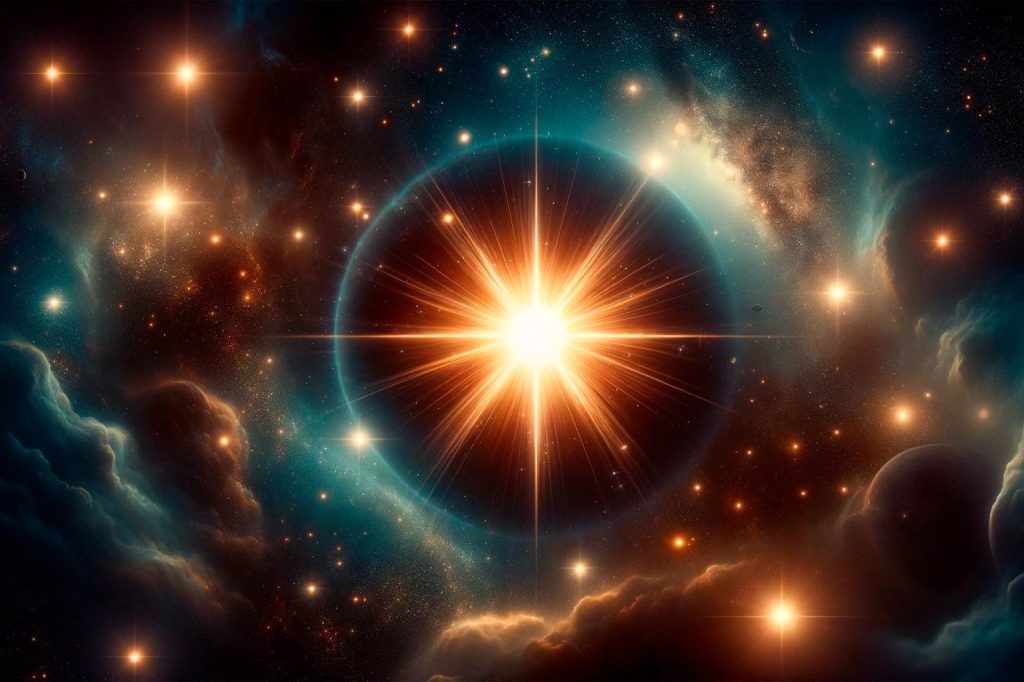

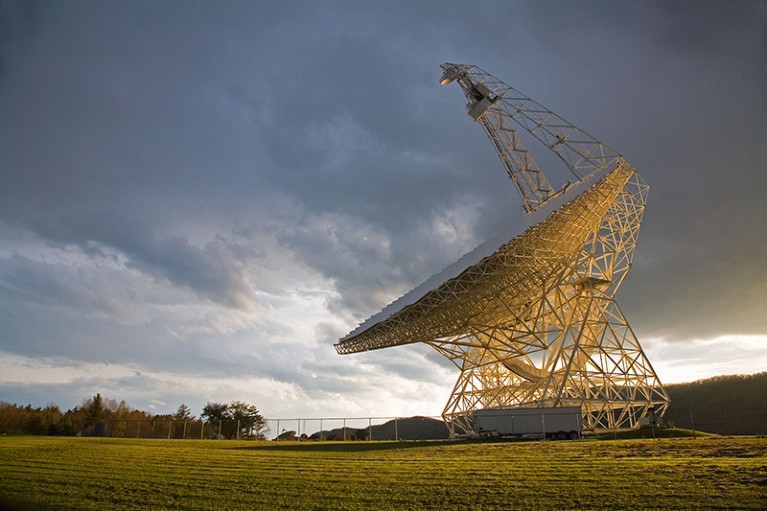


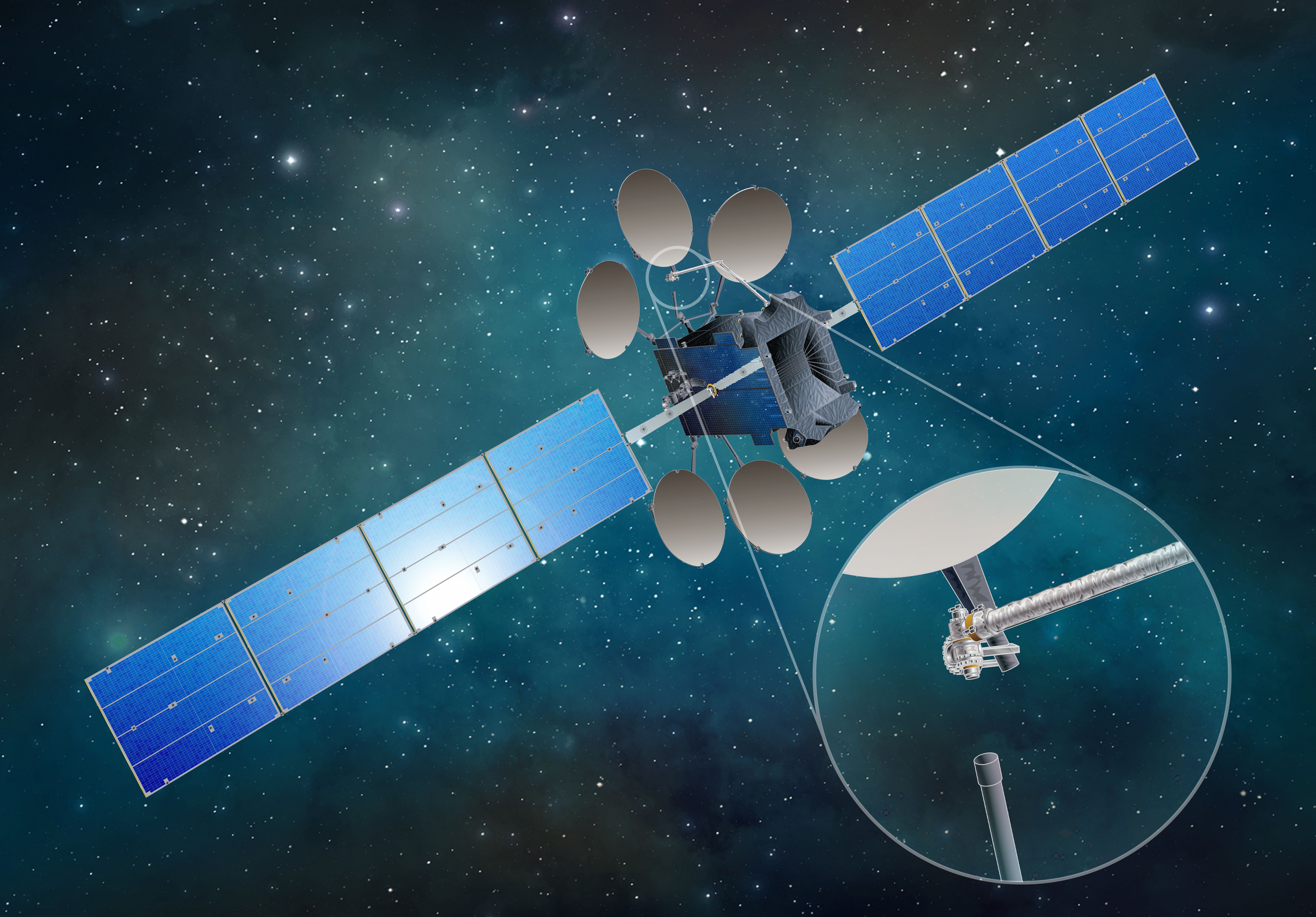

.jpg)

